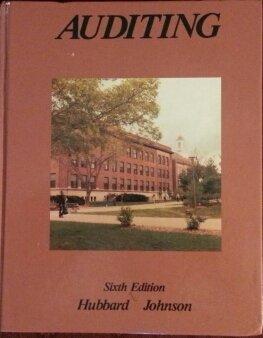Question
The Howland Carpet Company has grown rapidly during the past 5 years. Recently, its commercial bank urged the company to consider increasing its permanent financing.
The Howland Carpet Company has grown rapidly during the past 5 years. Recently, its commercial bank urged the company to consider increasing its permanent financing. Its bank loan under a line of credit has risen to $250,000, carrying an 8% interest rate. Howland has been 30 to 60 days late in paying trade creditors.
Discussions with an investment banker have resulted in the decision to raise $500,000 at this time. Investment bankers have assured the firm that the following alternatives are feasible (flotation costs will be ignored).
-
Alternative 1: Sell common stock at $8.
-
Alternative 2: Sell convertible bonds at an 8% coupon, convertible into 100 shares
of common stock for each $1,000 bond (i.e., the conversion price is $10 per share).
-
Alternative 3: Sell debentures at an 8% coupon, each $1,000 bond carrying
100 warrants to buy common stock at $10.
John L. Howland, the president, owns 80% of the common stock and wishes to maintain control of the company. There are 100,000 shares outstanding. The following are extracts of Howlands latest financial statements:
Balance Sheet
Total assets
Line of credit Other current liabilities Long-term debt Common stock, par $1 Retained earnings Total claims
250,000 $150,000 0 100,000 50,000 $550,000
$550,000
Income Statement
Sales All costs except interest
EBIT Interest
Pre-tax earnings Taxes (40%) Net income Shares outstanding Earnings per share Price/earnings ratio Market price of stock
$1,100,000 990,000 $ 110,000 20,000 90,000 36,000 54,000 100,000 0.54 15.83 8.55
$
$ $ $
( 2 0 -7 )
Convertible Bond Analysis
-
Show the new balance sheet under each alternative. For Alternatives 2 and 3, show the balance sheet after conversion of the bonds or exercise of the warrants. As- sume that half of the funds raised will be used to pay off the bank loan and half to increase total assets.
-
Show Mr. Howlands control position under each alternative, assuming that he does not purchase additional shares.
-
What is the effect on earnings per share of each alternative, assuming that profits before interest and taxes will be 20% of total assets?
-
What will be the debt ratio (TL/TA) under each alternative?
-
Which of the three alternatives would you recommend to Howland, and why?
Step by Step Solution
There are 3 Steps involved in it
Step: 1

Get Instant Access to Expert-Tailored Solutions
See step-by-step solutions with expert insights and AI powered tools for academic success
Step: 2

Step: 3

Ace Your Homework with AI
Get the answers you need in no time with our AI-driven, step-by-step assistance
Get Started


